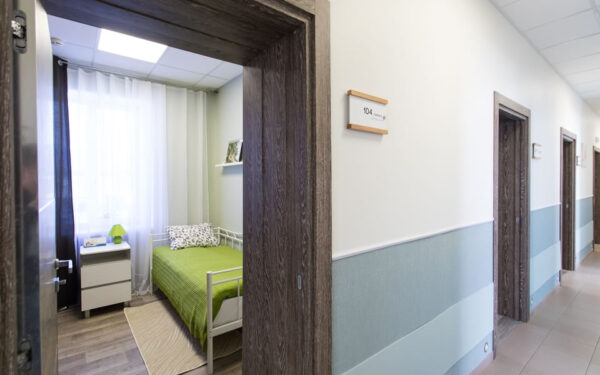340B Final Rule Effective on January 1, 2019
By Urszula Skarzynski, Manager, Assurance Services

On November 29, 2018, the Department of Health and Human Services (HHS) Health Resources and Services Administration (HRSA) issued a final rule for the 340B drug discount program, which will launch on January 1, 2019. In response to concerns of the stakeholders of the 340B program that pharmaceutical companies were overcharging providers for the cost of drugs, in January 2017, HHS issued a final rule that would require manufacturers to calculate the ceiling price for each covered outpatient drug, generally equal to drug’s average manufacturer price. This is a significant change to the 26-year old statute. The implementation of the final rule was delayed five times, received hundreds of public comments, faced a lawsuit, and the final implementation date has finally arrived.
On November 30, 2018, HRSA’s website has been updated notifying stakeholders that the 340B Office of Pharmacy Affairs Information System (340B OPAIS) will be open for the submission of pricing data in the first quarter of 2019. Manufacturers will be submitting pricing data quarterly, which will then be used by HRSA to publish the 340B ceiling prices that covered entities can access, which will increase integrity, transparency, and effectiveness of the 340B program.
340B Background
Section 340B of the Public Health Service Act was enacted in 1992 to lower drug costs for certain safety net providers, including qualifying hospitals and health clinics funded with federal grants (Covered Entities) by requiring drug manufacturers to provide discounts to covered entities on certain outpatient drugs as a condition of the manufacturers’ participation in the Medicaid program. Over the course of the program’s history, 340B has saved billions in drug cost while providing free or discounted care to millions of low income patients who would otherwise be unable to receive these benefits. In 2015, HRSA estimated that total sales to 340B covered entities were $12 billion and discounts were $6 billion; however, when compared to the overall $457 billion U.S. drug market, the 340B program discounts amounted to only 1.3 percent of total sales; meanwhile, drug manufacturers spent over $27 billion on marketing and advertising alone. This was a wake-up call that a change was needed.
Future of 340B Program
With added covered entities, continued rise in drug costs, and public scrutiny, it is no surprise that the 340B program will be undergoing significant changes starting with the implementation of the final rule in 2019. Based on HRSA’s 2019 budget, the budget provides a total of $26 million for the 340B program, of which $10 million is a discretionary budget authority and $16 million is available through a new user fee on drug purchases by covered entities. Currently, the 340B statute does not require covered entities to track or report program savings or how they are used. However, this will most likely change in the near future as there have been several bills introduced in the House and Senate during 2018 that call for a greater reporting by 340B covered entities that supporters say would increase transparency in the program.
Although 2018 is nearing the end, covered entities, drug manufacturers, and regulators will be faced with new challenges in the upcoming year when implementation of the final rule on ceiling prices of drug costs becomes a reality. Although the deadline is fast approaching, stakeholders in the 340B program had time to prepare as discussions about revamping the 26-year old statute began in early 2017. Drug manufacturers are first in line to adjust to the upcoming changes; however, although several bills only have been introduced in Congress, the current actions provide insight that regulators see the need for transparency from all sides — manufacturers, regulators, and covered entities — to ensure that all players receive fair representation in the 340B program and that drug pricing is fair and savings are used to benefit those most in need of assistance.








